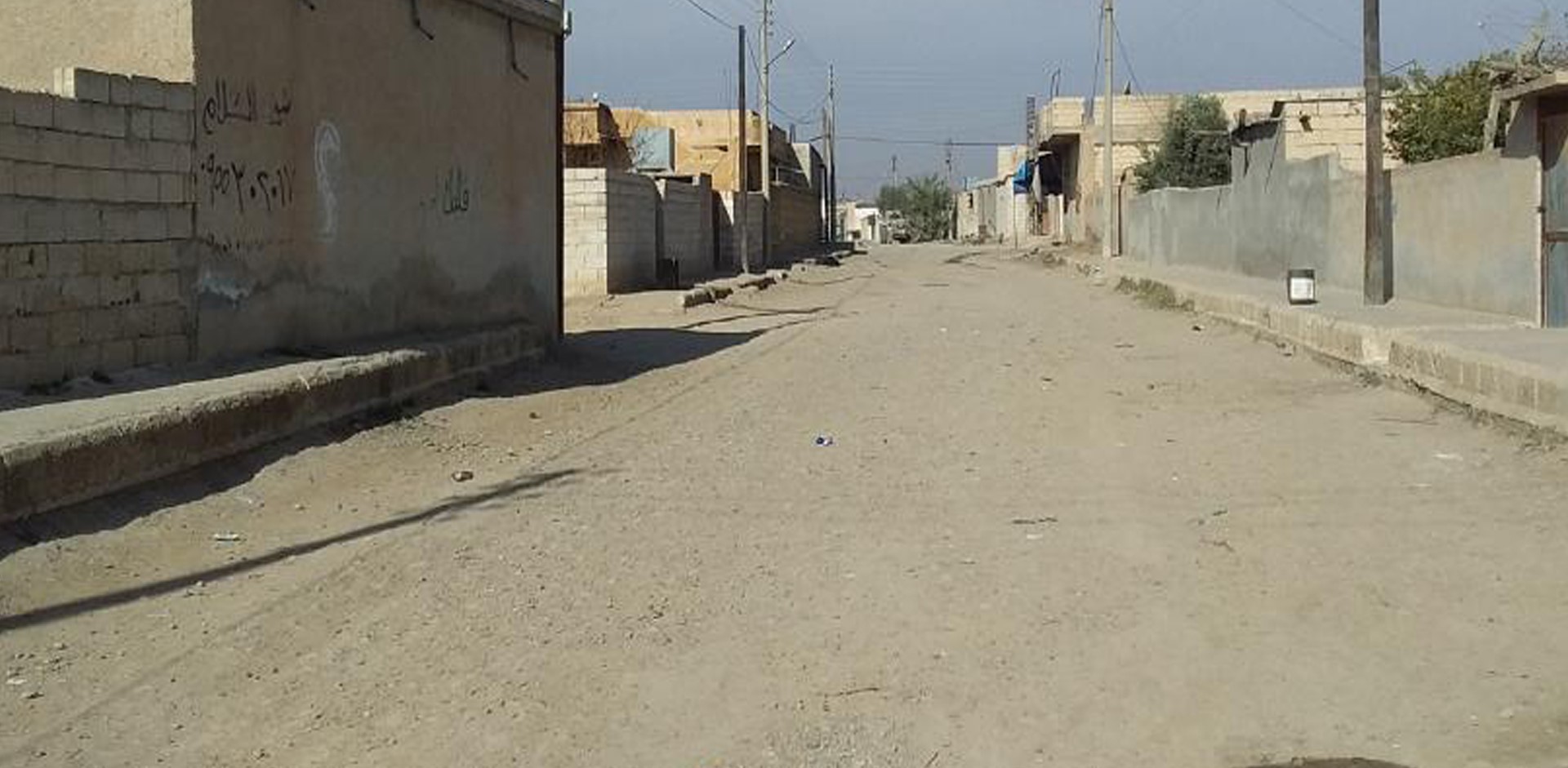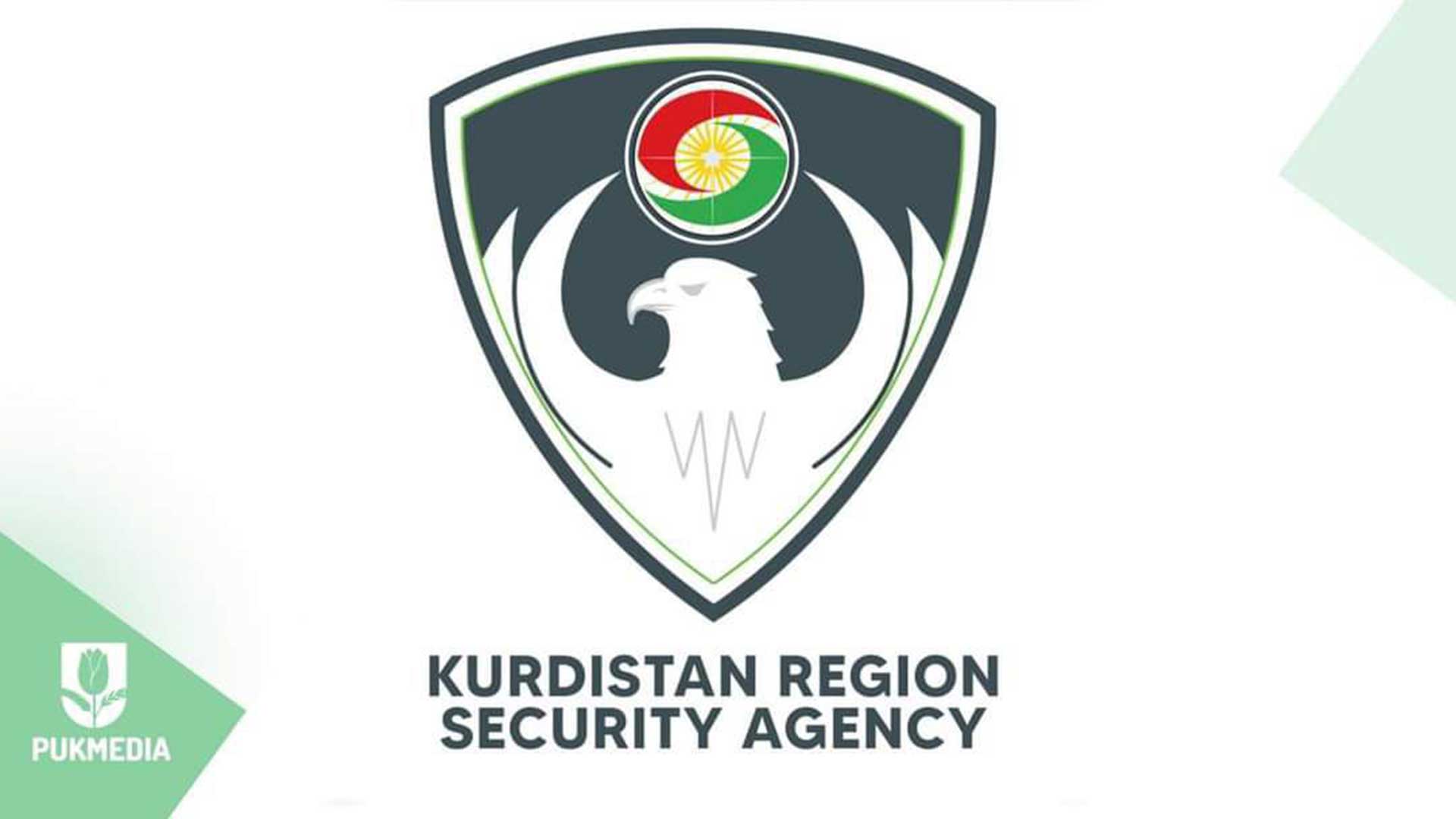Women in Syrian Desert: between ISIS and regime
Women 02:01 PM - 2021-06-16
Photo Credit: North Press
Na’yla al-Hassan has not gone out to herd livestock and help her children and husband care for their palm and olive trees since the Islamic State (ISIS) took control of the city of Palmyra in the Syrian Desert (Badia). Though the city is now under the control of the Syrian government forces, she continues to stay close to home.
Al-Hassan’s work is currently limited to milking sheep and making cheese at home, and she has also prevented her children from grazing livestock for fear of exposure to ISIS cells, who force them to pay zakat (in Islam, an obligatory payment made on certain kinds of property and used for charitable and religious purposes).
Al-Hassan prevents her children from going out to distant lands, as “they may punish my children because they do not wear the dress that they imposed on the people during their control of the area.”
She fears that she will be assassinated by ISIS members if she returns to her work in livestock and agriculture.
Al-Hassan represents the case of most of the women of Palmyra in particular and the Syrian Desert in general, in light of the deteriorating security situation, the spread of ISIS cells in the area, and the lack of a safe environment for their work.
ISIS sleeper cells are active in the vicinity of Palmyra, amidst theft and confiscation of livestock under the pretext of zakat in the absence of the security agencies of the Syrian government.
In May 2015, ISIS took control of Palmyra, which is on the UNESCO list of archaeological sites, and Syrian government forces retook control of it in March 2016 with the support of Russian air strikes.
However, eight months after ISIS was defeated there, its members regained control of Palmyra again in December 2016.
With the absence of violent battles between the two sides, the government forces managed to regain control over Palmyra in early March 2017, with the support of Russian air strikes. Despite several combing operations by government forces, the activities of ISIS cells are increasing in that area amid residents’ fears of a re-emergence of ISIS.
Unchanged reality
According to local residents, ISIS cells impose zakat royalties on sheep herders in the vicinity of Palmyra. In January, ISIS gave shepherds a 48-hour deadline to pay zakat to them.
The sums imposed by ISIS cells on sheep herders range between 300,000 and one million Syrian pounds, and the livestock are confiscated if money is not available, according to the residents.
Before ISIS’s takeover, some of Palmyra’s women worked as shepherds, others in beauty salons, and others as seamstresses in their own workshops or those of others.
Nour Abdo, a women’s hairdresser, works from home despite owning a hairdressing salon in her neighborhood.
“I do not dare open my salon for fear of the planting of an explosive device in front of it, or being subjected to verbal harassment by members of the government forces and a quarrel with my brothers,” she said.
During ISIS control of the city, Abdo was forced to close her salon and work from home, for fear of being imprisoned or tortured by ISIS members, which may affect her family members in turn.
She said “ISIS considers women’s beauty salons a violation of sharia [Islamic law], and blasphemy, so I work at home secretly.”
Despite her desire to reopen her salon in al-Saha market in the center of Palmyra to receive girls and women with complete freedom, she says she “cannot take the risk.”
Limited job opportunity
The residents of the Syrian Desert in general, and women in particular, fear ISIS sleeper cells that are spread around the villages in the depth of the Desert. These cells carry out assassinations on an almost daily basis in the towns and villages of the Syrian Desert against members of the government forces and threaten the shepherds into paying zakat.
On June 5, according to the Syrian Observatory for Human Rights (SOHR), at least 23 members of the government forces were killed by ISIS in the eastern Badia of Homs, passing through Hama and Deir ez-Zor, reaching the Badia [Desert] of Raqqa.
On June 6, government forces brought military reinforcements to the city of Palmyra and the town of Sukhna in the Syrian Desert, to raise readiness and in preparation for launching a broad sweep campaign in the area.
These reinforcements come in light of the increased activity of ISIS cells in the Syrian Desert in general, and the eastern countryside of Homs in particular.
During ISIS control of the city, the women of Palmyra, like women in other cities and towns that were under its control, lived in difficult conditions. ISIS imposed strict laws against them, and many of the women of Palmyra were forced to practice their jobs such as sewing, hairdressing, and other professions in their homes without opening salons and workshops.
Fatima Khalidi’s work is currently limited to milking sheep and livestock after her husband and children returned from grazing near their home in the vicinity of Palmyra.
During the era of ISIS, its operatives prevented Khalidi from helping her sons in sheep herding in the vicinity of the city. Her eldest son was arrested once, given 40 lashes, and subjected to a sharia course after she was seen grazing sheep without wearing gloves.
Fearing what ISIS would do to her other children, Khalidi was forced to stay at home and do limited work.
“I wish I could go back to before, tending and grazing the sheep with my children and helping my husband take care of the palm and olive trees, but unfortunately I can’t,” she added.
PUKmedia / North Press Agency
More news
-
IHEC Resumes Elections' Preparation in Kurdistan Region
11:32 AM - 2024-05-14 -
Kurdistan Toilers' Party Praises PUK's Stances
02:54 PM - 2024-05-13 -
Iraqi President: Baghdad-Erbil Agreements Must be Activated
10:41 AM - 2024-05-12 -
DPM Talabani Appreciates Spanish Ambassador’s Efforts in Improving Both Countries' Relations
06:32 PM - 2024-05-08
see more

P.U.K 12:28 PM - 2024-05-14 PUK President: I Have Full Confidence in the Capabilities of My Country's Youth
PUK President: We Oppose Attempts to Obstruct Elections
09:20 AM - 2024-05-14
Europe's Most Wanted Human Trafficker Arrested in Sulaymaniyah
04:08 PM - 2024-05-13
Iraqi President: Food Security is At Stake
11:37 AM - 2024-05-12
PUK President: We Believe in Genuine Partnership in Running the Country
08:48 PM - 2024-05-11
Most read
-
PUK President: We Oppose Attempts to Obstruct Elections
P.U.K 09:20 AM - 2024-05-14 -
PUK President: I Have Full Confidence in the Capabilities of My Country's Youth
P.U.K 12:28 PM - 2024-05-14 -
IHEC Resumes Elections' Preparation in Kurdistan Region
Kurdistan 11:32 AM - 2024-05-14



.jpg)

 Application
Application


